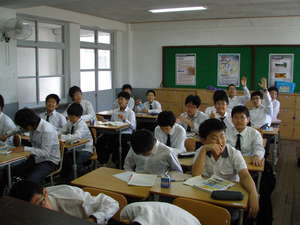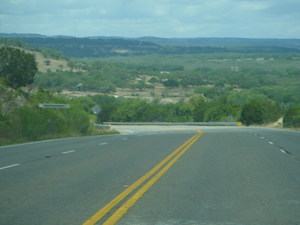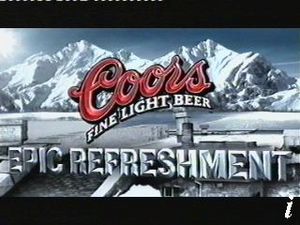This fun, free, easy-for-the-teacher English as a Second Language game is based on the classic game Scattergories, produced by Hasbro via the Milton Bradley Company. ESL students just love this fun and exciting game for the classroom. Suitable for a large or small class size, it really gets ESL students thinking about and having fun with English.
Level: Intermediate, Advanced, Middle School, High School, Children & Adults.
Class Size: Large (play in teams), Small (students play as individuals)
Materials: Prepared list of categories (provided for you in this AC article YAY!) or of course make up your own, students can provide the necessary pencil and paper.
Class Time: 15 minutes – 2 hours.
Scattergories: If you are unfamiliar with the fun group party game Scattergories, I will briefly explain it to you here. If you have played this game before, you can skip to the next paragraph. The actual Scattergories game is played by each player creating a list of words that all begin with the same letter for category given. For example if the category is Fruit and the letter is “M” each player has 3 minutes to make their own list of fruit that begins with “M” such as: mango, mandarin orange, mangosteen, melon. After 3 minutes all players compare their list, only unique answers score points, answers that are duplicates of another players don’t get points.
Scattergories in the ESL Classroom: Scattergories in its original form is a great ESL classroom game to play for older students at a highly advanced level. However, as most of us teach ESL classes that are not so advanced I have slightly modified this classic game to a friendlier and simpler version. Rather than restrict the answers for each category to begin with only one letter, I let the ESL students list words that relate to the given category regardless of the letter they start with. Using the same example Fruit, students can list apple, banana, orange… whatever.
Group Formation: For the large classes, when dividing the students into teams for group work, I find it best to first identify which ESL students are have the highest level of English and make sure there is one of them in every group, otherwise the teams will be lopsided and there will be some students inevitably left out of the learning process. If this is a classroom you are not in very often (those of us who are ESL teachers in China and South Korea often have hundreds of ESL students and only see the students for 1 class hour a week), the kids are aware of who are the best English speakers and are not shy about telling you.
Game Variations: 1) To make this game easier, you can have all the categories be letters of the alphabet. A, B, C….
2) All the categories can all be words with a specific number of letters. Ex: “Words That Have 5 Letters”, “Words That Have 10 Letters”, etc.
3) All the categories are based on colors. Ex. “Things That Are Blue”.
*** Let the Games Begin! ***
1 Have the ESL students pick their own team names (they love this and its always funny for the teacher) and decide who will do the writing. If the ESL students are hemming and hawing over who the writer will be, Rock, Paper, Scissors always does the trick. Write the team names on the board to keep track of points.
2 Write a category on the board & do an example with the class. I like to call 2 or 3 students up to the board for this, so the entire class can see and understand how this ESL version of the Scattergories game is played.
3 Let them know that correct spelling counts!!!
4 Announce the category and write it on the board. Give the students 3-5 minutes to create their list of answers.
5 Make sure they put their pencils down. Compare answers and give 1 point for each unique answer.
6 Repeat steps 4 & 5.
*Sometimes it¡¯s fun to have the last question be worth more points.
*** Leave yourself a few minutes at the end of class to tally the points and let students bask in the glory of winning. Tangible rewards such as stickers or candy are optional.
List Of Categories
1 Vegetables
2 Fruit
3 Food
4 Things You See and Do In Winter
5 Occupations / Careers
6 Family members
7 Things You Find In the Kitchen
8 Things You Find In the Bathroom
9 Things You Find In a Classroom
10 Beverages
11 Countries
12 Things That Fly
13 Things That Plug In
14 English Movie Titles
15 Musical Instruments
16 Animals
17 English Names (Sally, David, etc.)
18 Words That Begin With “ch” or “sh”
19 Sports
20 Words That Have 7 Letters




